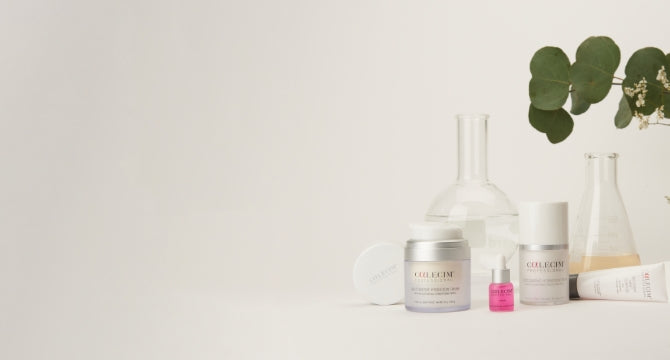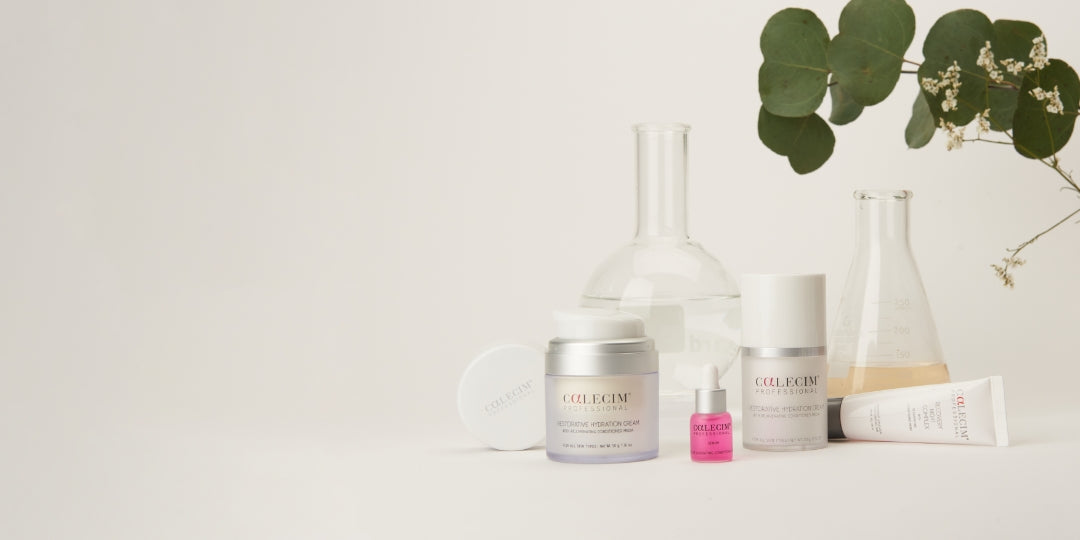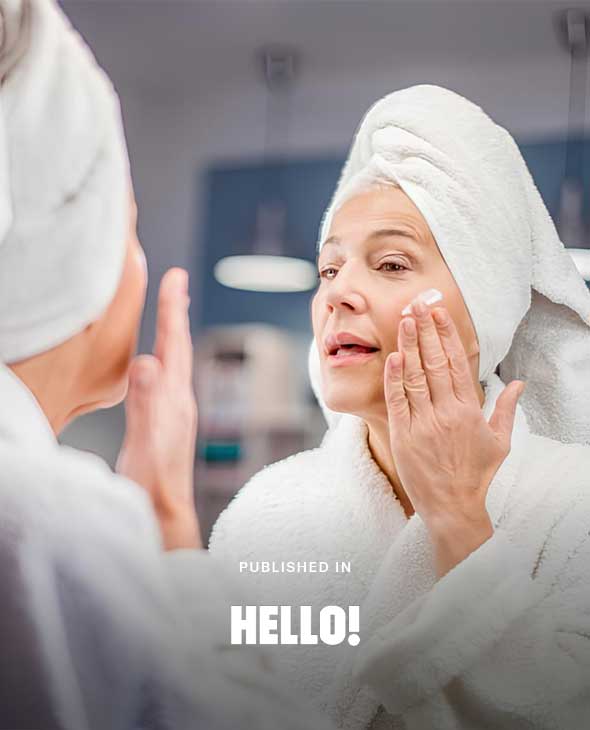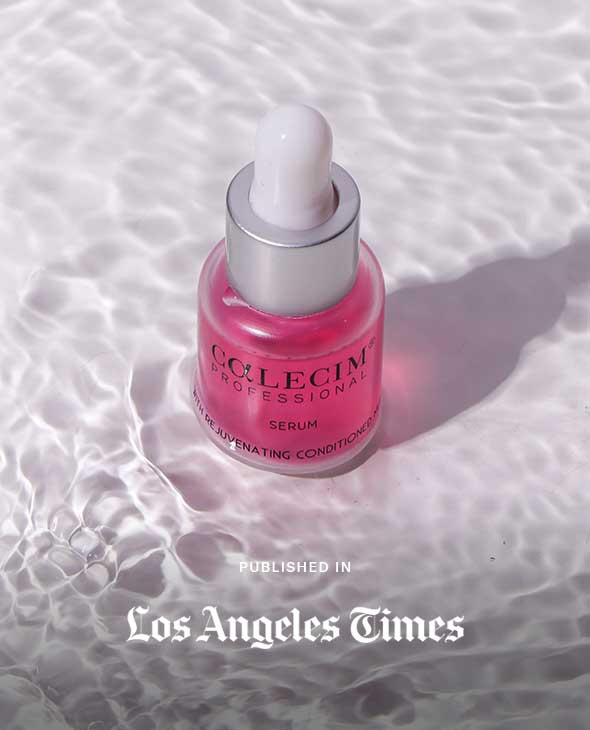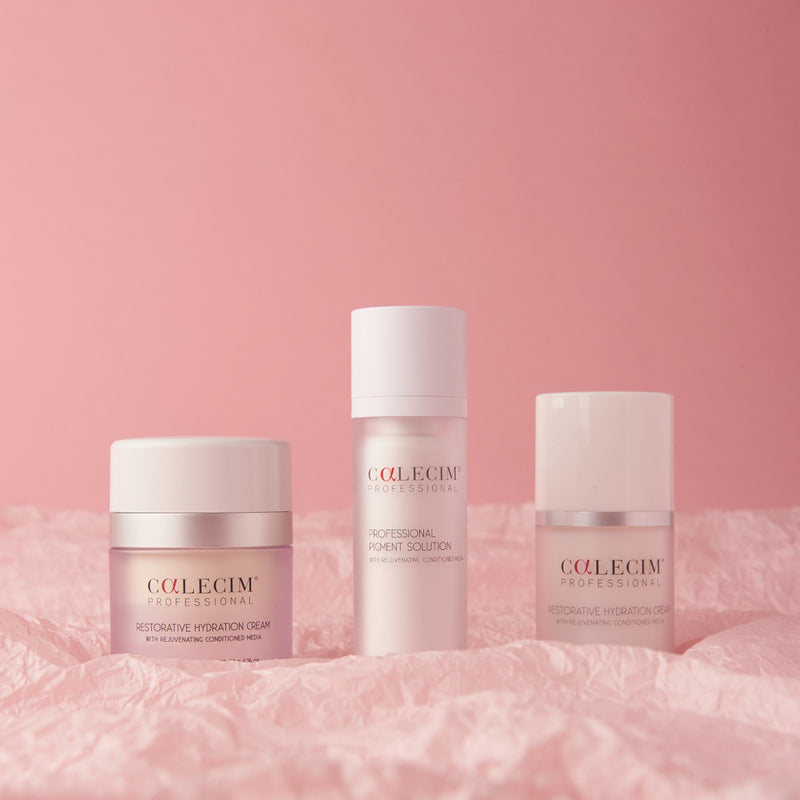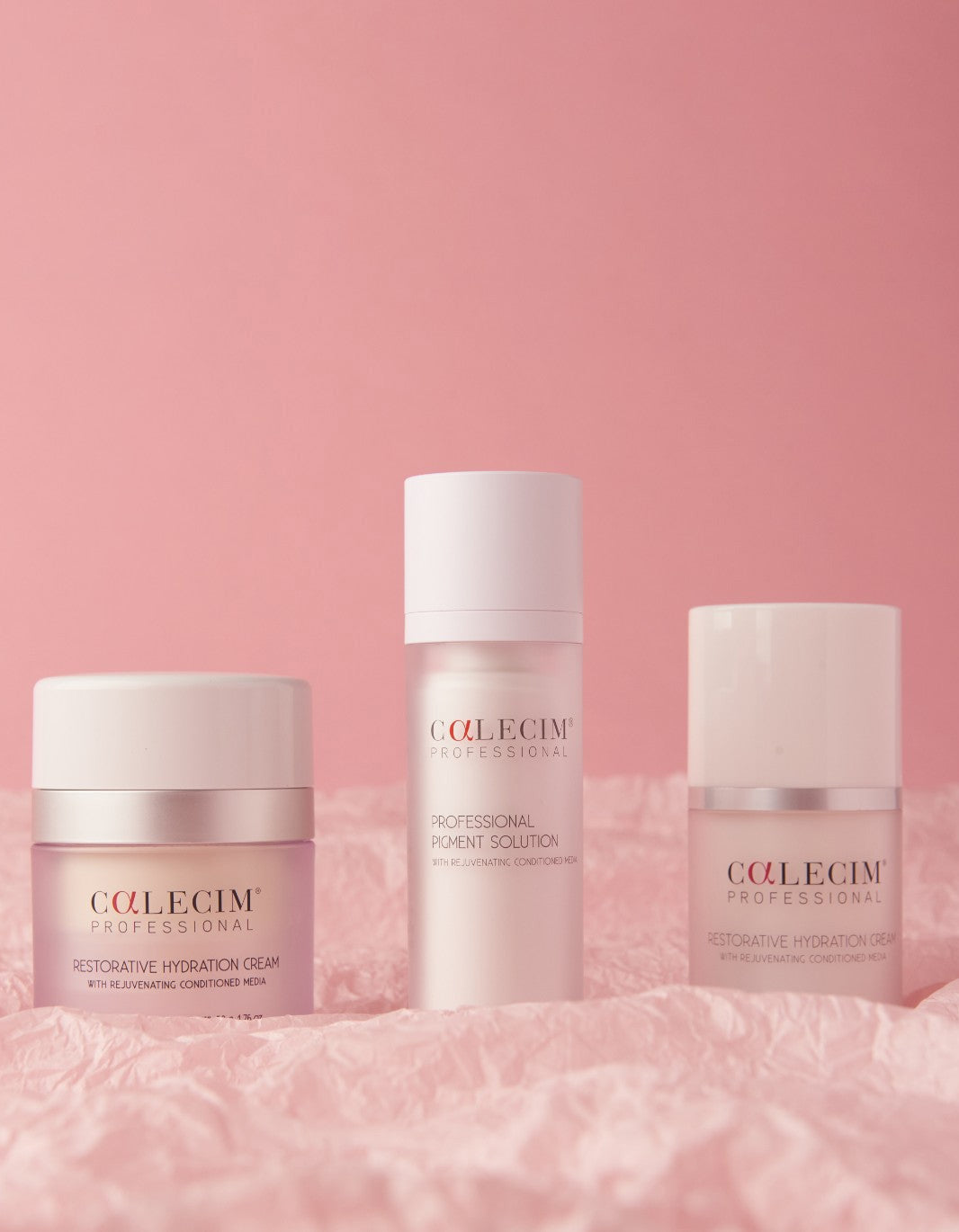5 Essential building blocks to healthy skin
An enviable complexion doesn’t just blossom overnight; it requires steadiness and consistency. Here is a step-by-step approach to setting up an optimal skincare regimen.
An enviable complexion doesn’t just blossom overnight; it requires steadiness and consistency. Here is a step-by-step approach to setting up an optimal skincare regimen.
A youthful appearance is not simply the result of good genes, your daily habits make a difference to what you see in the mirror. Anti-aging begins with a preventative base and builds up to treatment options that address specific concerns.
For Daily Protection
Our skin works hard to keep us healthy and looking fabulous. It acts as a barrier to shield our body from the environment. It also regulates temperature and fights off infections. Including sun protection factors and antioxidants in our daily skincare regimen will go some way towards keeping it in tip-top condition.
1) Sun Protection Factor (SPF)
Sunlight contains ultraviolet rays (UV rays) that are the main source of skin aging and also the cause of melanoma.1 Regular use of sunscreen will help prevent discoloration, dark spots and other visible signs of aging. Ensure your sunscreen has protection against both UVB and UVA rays. Look for the words “broad spectrum” on the label and choose an SPF of at least 30.2
2) Antioxidants
The sun isn’t the only thing damaging skin’s DNA and collagen. Smoking, pollution and even blue light exposure from the computer screen create free radicals and inflammation that contribute to accelerated aging of the skin and increased risk of melanoma. This is why antioxidants should be included in your skincare toolkit. They not only help fight the elements that over time result in fine lines and wrinkles, but can also calm skin and revitalize a dull-looking complexion.3
Cell Turnover
Skin cell turnover is the process of shedding dead cells and replacing them. It’s a vital aspect of keeping skin smooth and youthful. Like many biological processes, this slows down as you age. Retinol and AHA are often used to enhance cell turnover.
3) Retinol
Retinol is a type of retinoid, made from Vitamin A. The active ingredient in retinol is retinoic acid, which is responsible for increasing cell turnover. According to a study published in Aesthetic Surgery Journal, the acid works by diffusing through the cell membrane and binding to receptors on the cell’s nucleus, where it performs like a gene to promote cell growth. Retinoic acid also blocks the production of collagenase, an enzyme that breaks down collagen.4
4) AHA
Alpha hydroxy acids (AHAs like glycolic and lactic acid) are mainly used for exfoliation. When dead skin cells are broken down, the new layer revealed beneath is brighter and more luminous. AHAs may help promote collagen production too.4 They also have anti-inflammatory properties that can promote blood flow, ensuring skin cells get the nutrients needed.
Skin Cell Stimulation
Maintaining that dewy glow has a lot to do with the body’s ability to replace dead skin cells. This process of continual skin renewal depends on the epidermal stem cells. The epidermis (upper skin layer) has been shown to replace itself in just 20 days in young adults, compared to 30 days in the middle-aged. Unfortunately, this rate of renewal dramatically declines after you hit 50.5
5) Stem Cell Growth Factors
Growth factors and stem cells stimulate skin’s natural cellular functions. These proteins activate skin cells to make new collagen. In 2004, biotech company CellResearchCorp made the discovery that the cord lining is a rich source of neonatal stem cells. This patented source is able to provide ample stem cells for wound healing as well as for cosmeceutical skincare in the form of CALECIM® Professional products. Stem cells used in the production of CALECIM® skincare are harvested from the discarded cord lining of free-range red deer in New Zealand. CellResearchCorp labs then cultivate stem cell ‘media’ in high concentrations, which make up the powerful active ingredient of all CALECIM® products, known as PTT-6®.
PTT-6® is a complex combination of proteins, growth factors and cytokines that are able to signal the cells to regenerate. It stimulates production of structural proteins at multiple layers, as well as boosts cell turnover and renewal. These cellular messages can help target skin laxity, dryness and pigmentation. In fact, clinical observations reveal CALECIM® is able to achieve firmer, more hydrated and radiant skin in just two weeks. It is also used by doctors after in-clinic procedures such as laser treatments, peels and micro-needling to speed up skin restoration. Use of CALECIM® has been shown to dramatically reduce downtime, redness and swelling, as well as optimize post-procedure aesthetic results.6
CALECIM® products can be added to your everyday regimen and have been found to work successfully in tandem with retinoids, AHAs and antioxidants. As you age and are confronted with skin concerns, it would certainly be worth considering skincare that helps address them in a targeted manner.
References
- https://canarymedicalkey.com/health/advice/our-skin/
- https://www.apderm.com/so-many-skin-care-products-how-do-i-choose/
- https://www.paulaschoice.com/expert-advice/skincare-advice/anti-aging-wrinkles/five-super-anti-aging-antioxidants-your-skin-needs.html
- https://www.everydayhealth.com/smart-skin/new-to-retinol-a-complete-guide-on-the-skin-care-ingredient/
- https://www.lifeextension.com/magazine/2012/4/activate-self-renewing-skin-stem-cells
- https://calecimprofessional.com/blogs/blog/skin-rejuvenation-with-real-stem-cell-skincare
















